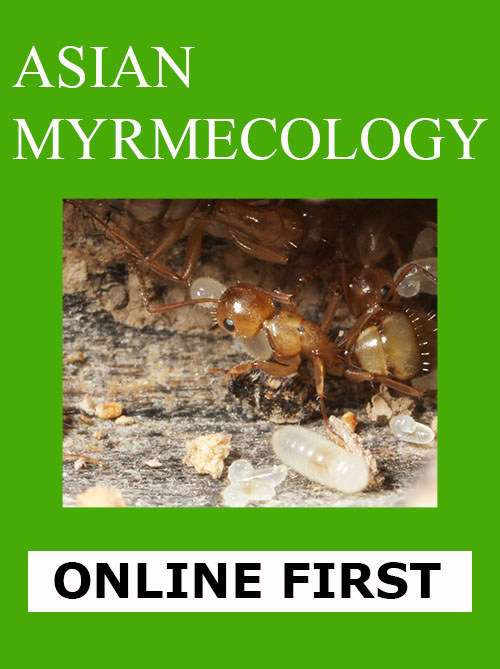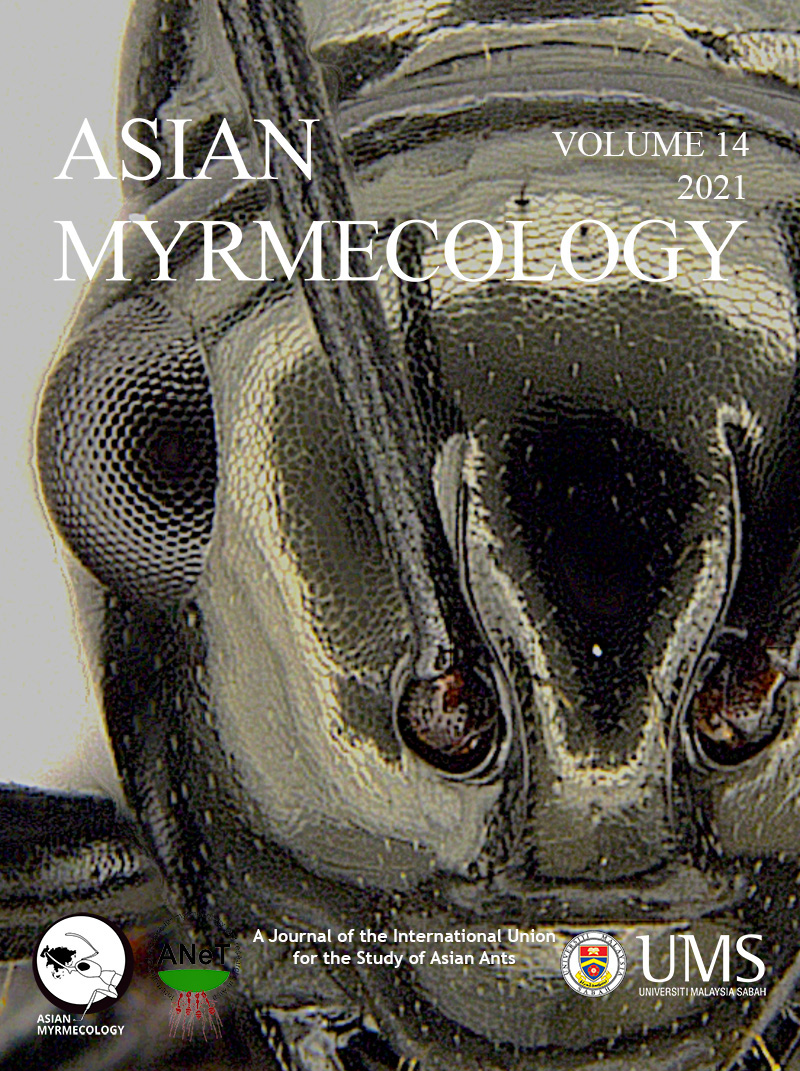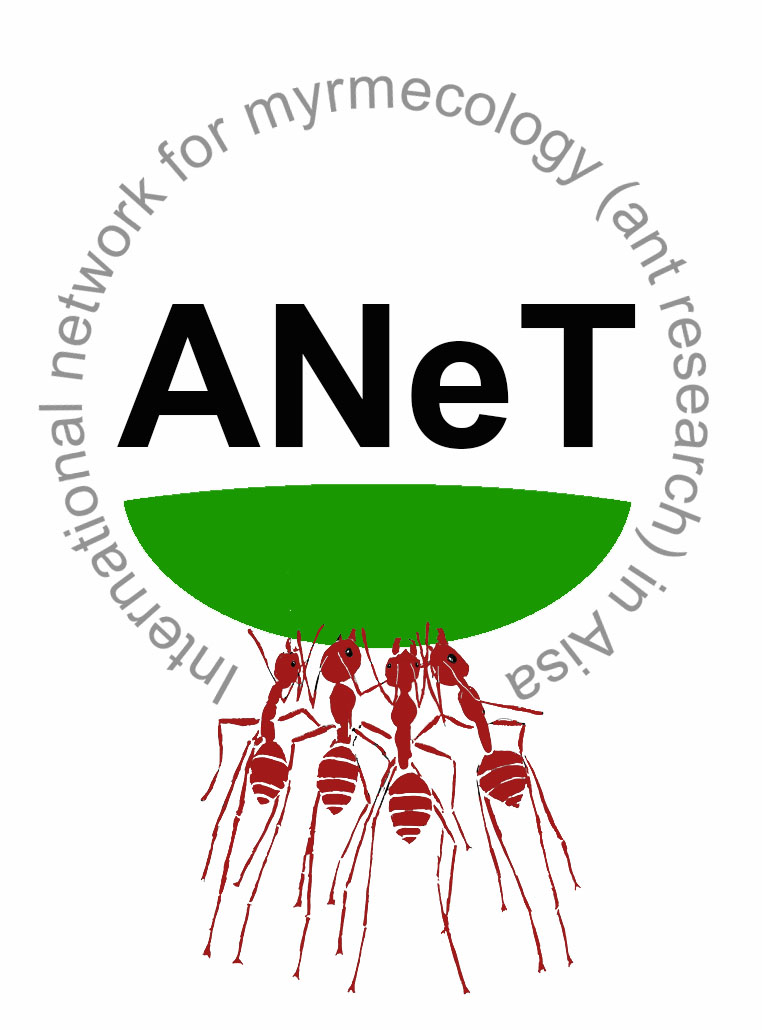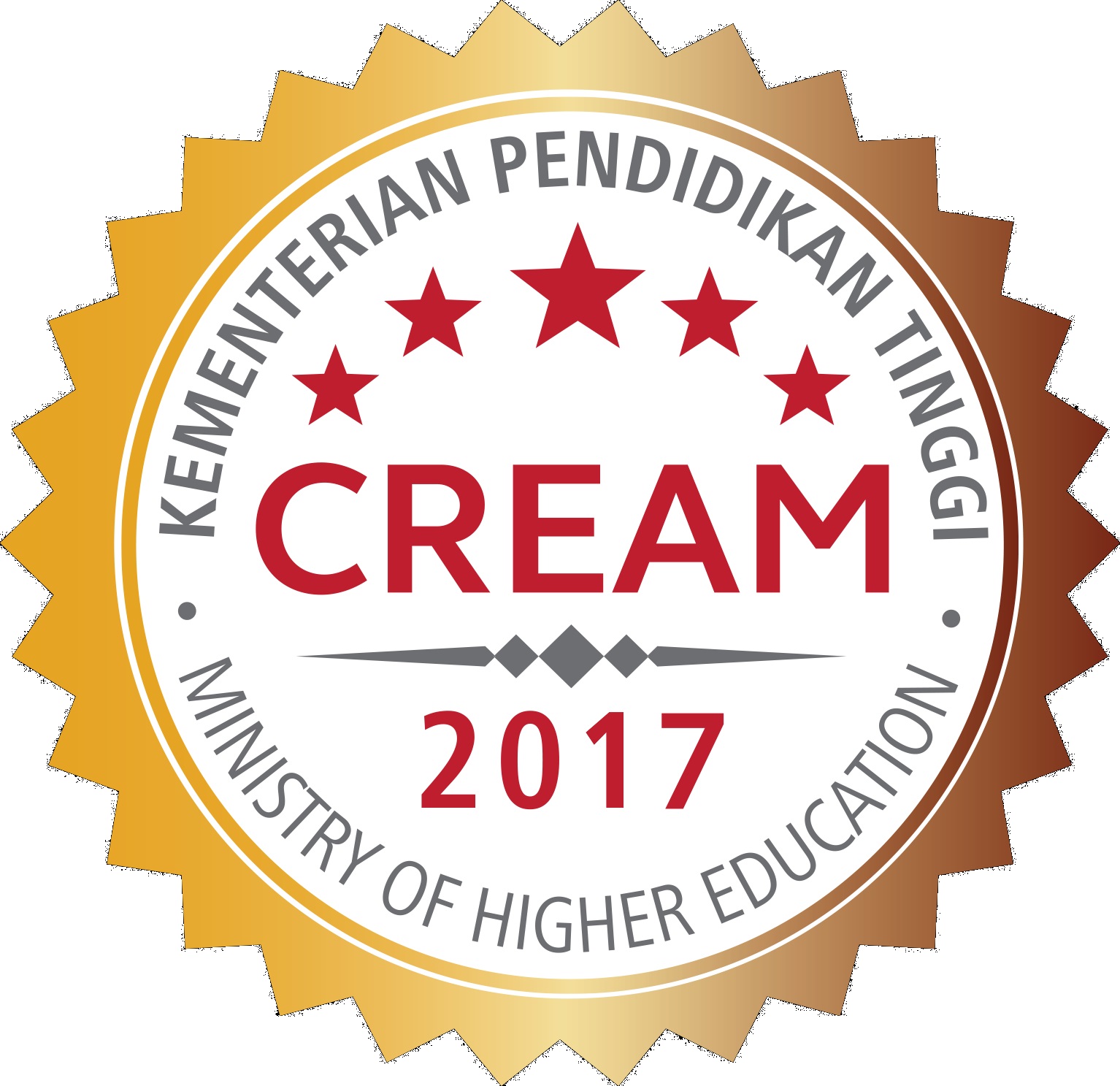ASIAN
MYRMECOLOGY
Image: François Brassard
DOI: 10.20362/am.015003
Asian Myrmecology 15: 015003 (1-12)
article first published online: 22/March/2022
Field observations on nestmate recruitment to millipedes in the chain-assembling ponerine ant Leptogenys cyanicatena (Formicidae: Ponerinae) in northern Thailand
RIOU MIZUNO1,2*, NATDANAI LIKHITRAKARN3, PIYAWAN SUTTIPRAPAN2, SUNITTRA AUPANUN1, WEEYAWAT JAITRONG4 & CHRISTIAN PEETERS5
Abstract:
The foraging behavior of the millipede-specialized predatory ant Leptogenys cyanicatenawas observed in Chiang Mai Province, northern Thailand. During the observations, millipede species from two families of the orders Polydesmida (family Paradoxosomatidae) and Spirostreptida (familyHarpagophoridae) were hunted by L. cyanicatena. Lone foragers searched for millipedes on the forest floor. When a forager encountered a millipede, she touched the latter with antennae and mouthparts forup to 15 seconds, but never attacked the prey alone. Alternatively, she would then quickly return to thenest to recruit nestmates (scout behavior). Once the scout arrived at the nest entrance, a raiding party would be quickly formed upon stimulation. The scout would then lead the raiding party, consisting of 7-155 ants, and move towards the prey-discovery site in a single file. If the target millipede escapedfrom the original site, the ants of the raiding party would find the escapee by following its trail. Immobilized large millipedes were retrieved by "self-assembling chains" as reported in a previous study. Nestmate recruitment is necessary not only to retrieve, but also to immobilize prey, because the millipedes are too large to be successfully attacked by a single ant. Therefore, scouts recruit nestmates in advance of the attack.
Keywords:
Prior recruitment, coordinated hunting, group attack, daisy chains, specialist predator
Get PDF (4.1 MB) :
RIOU MIZUNO1,2*, NATDANAI LIKHITRAKARN3, PIYAWAN SUTTIPRAPAN2, SUNITTRA AUPANUN1, WEEYAWAT JAITRONG4 & CHRISTIAN PEETERS5
Abstract:
The foraging behavior of the millipede-specialized predatory ant Leptogenys cyanicatenawas observed in Chiang Mai Province, northern Thailand. During the observations, millipede species from two families of the orders Polydesmida (family Paradoxosomatidae) and Spirostreptida (familyHarpagophoridae) were hunted by L. cyanicatena. Lone foragers searched for millipedes on the forest floor. When a forager encountered a millipede, she touched the latter with antennae and mouthparts forup to 15 seconds, but never attacked the prey alone. Alternatively, she would then quickly return to thenest to recruit nestmates (scout behavior). Once the scout arrived at the nest entrance, a raiding party would be quickly formed upon stimulation. The scout would then lead the raiding party, consisting of 7-155 ants, and move towards the prey-discovery site in a single file. If the target millipede escapedfrom the original site, the ants of the raiding party would find the escapee by following its trail. Immobilized large millipedes were retrieved by "self-assembling chains" as reported in a previous study. Nestmate recruitment is necessary not only to retrieve, but also to immobilize prey, because the millipedes are too large to be successfully attacked by a single ant. Therefore, scouts recruit nestmates in advance of the attack.
Keywords:
Prior recruitment, coordinated hunting, group attack, daisy chains, specialist predator
Get PDF (4.1 MB) :
Get Supplementary Figure 1 (tiff) (55 MB) :
Get Supplementary Figure 2 (tiff) (55 MB) :
Get Supplementary Video 1 (mp4) (115 MB) :
1Laboratory of Entomology, Faculty of Agriculture, Kagawa University, Ikenobe, Miki, Kagawa Prefecture, 761-0795, Japan
2Department of Entomology and Plant Pathology, Faculty of Agriculture, Chiang Mai University, Chiang Mai, 50200, Thailand
3Division of Plant Protection, Faculty of Agricultural Production, Maejo University, Chiang Mai, 50290, Thailand
4Office of Natural Science Research, National Science Museum, 39 Moo 3, Khlong 5, Khlong Luang, Pathum Thani, 12120, Thailand
5Sorbonne Université, CNRS, Institut d’Écologie et des Sciences de l’Environnement, Paris 75005, France (Deceased).
*Corresponding author: m.riou112@gmail.com



